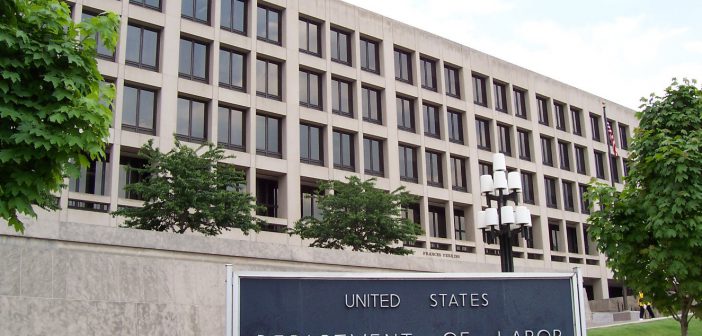By Chip Rogers
AAHOA President & CEO
The U.S. Department of Labor (DOL) has spent the last several weeks touting the benefits of its new overtime rule, which more than doubles the eligibility threshold from $455 to $913 in weekly earnings. “Now millions of Americans will be entitled to overtime pay when they work extra hours,” proclaims a promotional video on the DOL website.
But, like the “Fight for $15,” the new regulations seem like a good idea only if you don’t look at them too closely. Proponents argue that more money in the pockets of the working class is virtually guaranteed to stimulate economic growth. Low-wage earners who work longer hours will enjoy a higher standard of living and white-collar, salaried employees will finally be compensated for the after-hours work they invariably do. Everybody wins.
Reality, however, looks dramatically different.
The National Center for Policy Analysis reports that “60 percent [of overtime-eligible employees]don’t work more than 40 hours per week.” Moreover, a recent Oxford Economics study asserts that the chances that businesses will passively accept the new regulations and simply pay any overtime newly due are almost nil. More likely, businesses will reclassify employees and restructure wages by either raising salaries (but reducing or eliminating bonuses and incentives) or reducing hourly pay so that total wages stay the same.
Stated plainly, nobody wins – least of all the middle class – and a frighteningly large number of workers stand to lose quite a lot.
The problem with raising the overtime-eligibility ceiling with an eye to boosting middle-class wages is that overtime pay was never intended to increase employee compensation. In 1938, when President Roosevelt signed the Fair Labor Standards Act into law, his goal was to create jobs, get children out of the workplace, and cap working hours at 40 per week. Overtime pay was created to pressure employers, in the interest of saving money, to hire more employees rather than overwork the ones they already had.
Seventy-eight years later, the Obama Administration is using the same piece of legislation in a way that will almost certainly eliminate jobs, reduce employee hours, do away with bonus and incentive pay, and severely reduce job-advancement opportunities among hourly employees. Big Labor prevails, and the middle class pays a terrible price.
The new overtime regulations go into effect on December 1, 2016, giving American business owners a mere six months to prepare. However, no amount of advance notice can change the very real possibility that this unprecedented regulatory overreach – the deplorable hallmark of President Obama’s tenure – will threaten not only millions of jobs and dollars, but also the stability of the entire American labor system. It is yet another reminder that no matter how hard they try, politicians cannot change the laws of economics.
Sources
www.dol.gov/featured/overtime
www.ncpa.org/pub/how-the-new-overtime-pay-rule-will-hurt-the-middle-class
nrf.com/sites/default/files/Documents/Rethinking_Overtime.pdf
www.dol.gov/oasam/programs/history/flsa1938.htm




